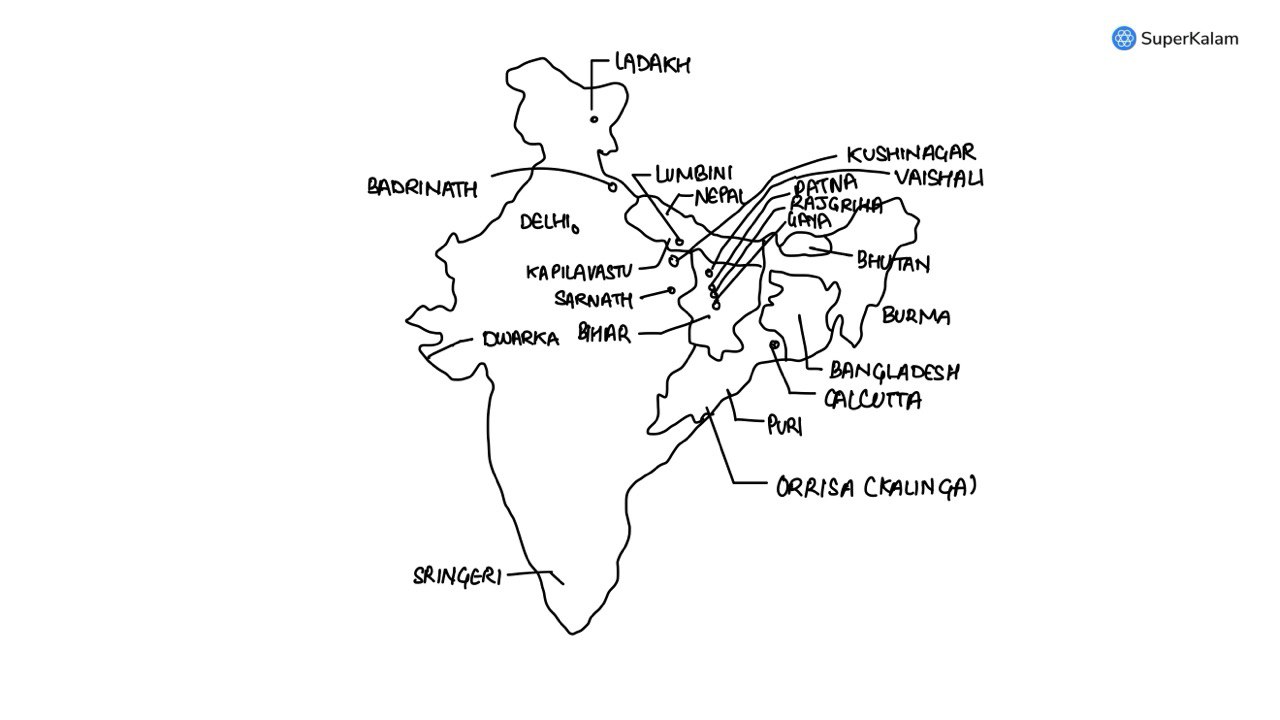UPSC Prelims 2015 Analysis
Subject wise MCQ distribution
- Environment & Ecology (18 Questions): Covered biodiversity, climate change, environmental governance, and sustainability. Questions on international conservation initiatives like BioCarbon Fund and Green Climate Fund were prominent. Several questions were maps-based, requiring conceptual clarity and an ability to link static concepts with current affairs.
- Economy (16 Questions): Topics included monetary policies, banking sector trends, post-1991 reforms, and international economic developments. Many questions required analytical abilities and an elimination-based approach. A mix of conceptual and factual questions, with a significant focus on current affairs.
- Indian Polity (14 Questions): Focused on constitutional provisions, governance structures, and recent legislative changes. Several questions followed the assertion-reasoning format. Required a strong grasp of NCERT-based themes and core governance concepts.
- International Relations (10 Questions): Covered global organizations, India’s foreign policy, and international treaties. This section was heavily inclined towards current affairs, testing awareness of recent geopolitical developments. Some questions followed the match the following pattern.
- Science & Technology (10 Questions): Focused on space technology, biotechnology, AI, and emerging technologies. Many questions required linking current affairs with static concepts, reflecting the increasing importance of interdisciplinary knowledge.
- History (Ancient: 1, Medieval: 3, Modern: 8, Art & Culture: 4): Modern History had the highest representation, emphasizing national movements, colonial policies, and governance structures. Many questions followed the multi-statement and match the following formats, requiring both factual recall and analytical thinking.
- Geography (Indian: 8, Physical: 4, World: 2): Had a moderate presence, with emphasis on physical features, climate patterns, and resource distribution. Several questions were maps-based, testing location awareness and conceptual clarity.
- Social Issues & Schemes (2 Questions): A minor section, covering key government schemes & initiatives related to education, health, and welfare programs. Some questions were designed for elimination-based problem-solving.

Difficulty analysis
- Medium Difficulty (54 Questions): Formed the largest portion, requiring a blend of conceptual clarity and critical thinking.
- Easy Questions (29 Questions): Nearly one-third of the paper consisted of relatively simple questions, providing scoring opportunities for well-prepared candidates.
- Hard Questions (17 Questions): A limited but significant number of challenging questions, demanding deeper analytical skills and application-oriented thinking.

Variations in Question framing
- Multi-Statement Questions (46%) – Required critical thinking, analytical abilities, and elimination strategies. Frequently seen in Polity, Economy, and Environment.
- Direct Questions (54%) – More straightforward, favoring factual recall, particularly in Geography, History, and Science & Technology.

Current Affairs vs. Static Questions
- Static-Based (60 Questions): The majority of the paper was based on NCERTs, standard textbooks, and foundational knowledge from traditional sources.
- Current Affairs-Based (40 Questions): The paper deviated from the past four years' trend. While some topics required inference-based reasoning, many current affairs questions were direct. The focus was more on factual details rather than integrating concepts with dynamic events.
Key learning for Future Preparation
- Strengthen Static Fundamentals: Given that 60% of questions were from static topics, aspirants should focus on NCERTs, standard textbooks, and government reports.
- Prioritize Environment & Ecology: The increasing weightage highlights the need to cover conservation initiatives, biodiversity, and environmental policies comprehensively.
- Master Indian Economy Concepts: This section remains crucial, requiring conceptual understanding of financial policies, economic trends, GST, Monetary Policy Committee, and government initiatives.
- Enhance Multi-Statement Question Solving Techniques: With nearly half the paper in this format, mastering elimination techniques and analytical reasoning is essential.
- Maintain a Strong Balance Between Static and Dynamic Knowledge: The 40% share of current affairs reinforces the need to integrate contemporary events into static concepts.
Subject-Wise Answer Key
QUESTION 1
Medium
Art & Culture
Prelims 2015
Which of the following kingdoms were associated with the life of Buddha?
- Avanti
- Gandhara
- Kosala
- Magadha
Select the correct answer using the code given below
A. 1,2 and 3
B. 2 and 3 only
C. 1,3 and 4
D. 3 and 4 only
QUESTION 2
Easy
Art & Culture
Prelims 2015
Which one of the following was given classical language status recently?
A. Odia
B. Konkani
C. Bhojpuri
D. Assamese
QUESTION 3
Hard
Art & Culture
Prelims 2015
With reference to art and archaeological history of India, which one among the following was made earliest?
A. Lingaraja Temple at Bhubaneswar
B. Rock-cut Elephant at Dhauli
C. Rock-cut Monuments at Mahabalipuram
D. Varaha Image at Udayagiri
QUESTION 4
Medium
Art & Culture
Prelims 2015
Kalamkari painting refers to -
A. a hand-painted cotton textile in South India
B. a handmade drawing on bamboo handicrafts in North-East India
C. a block-painted woollen cloth in Western Himalayan region of India
D. a hand-painted decorative silk cloth in North-Western India
